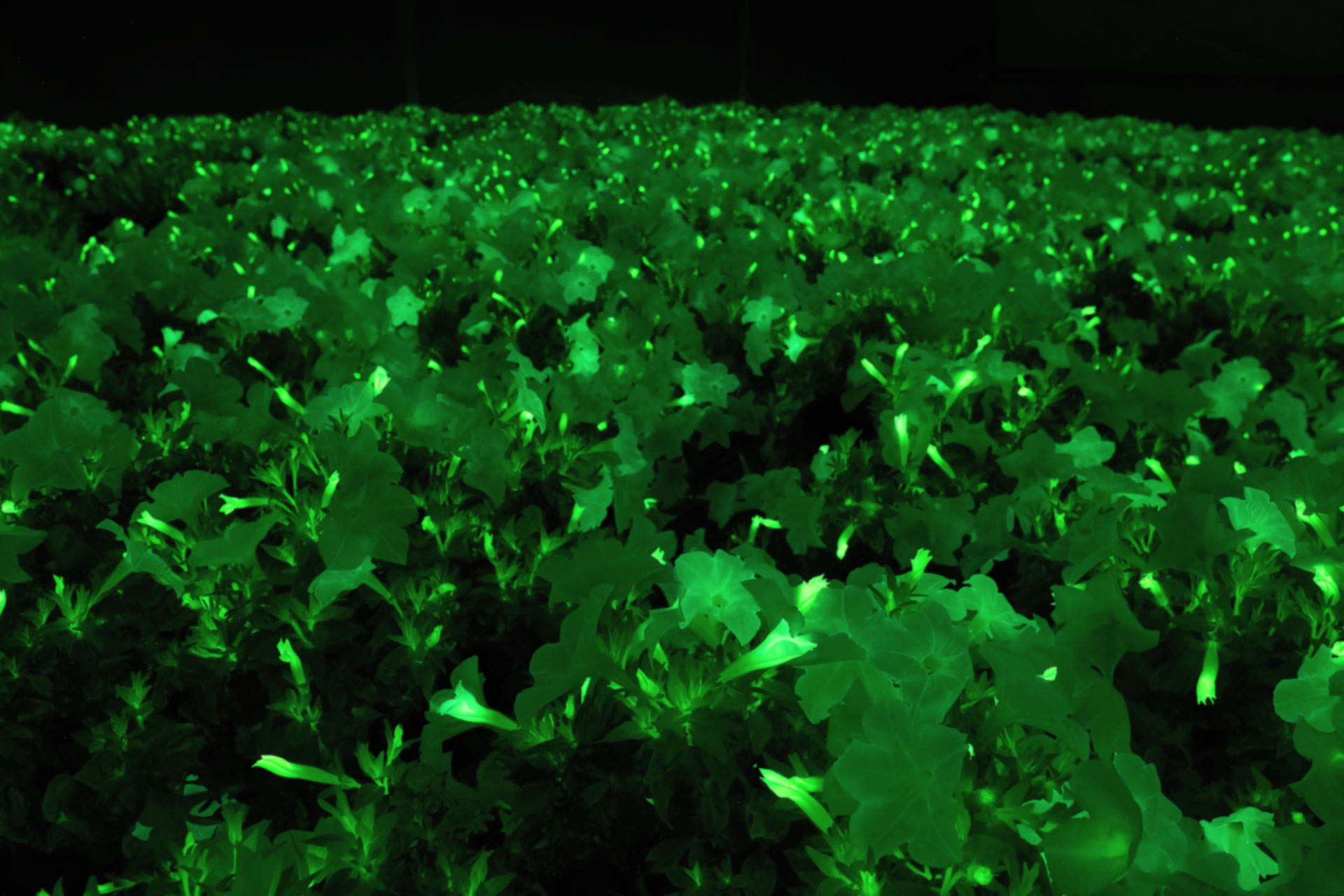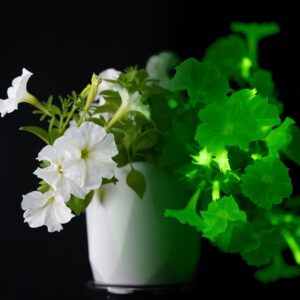Care Guide for the Firefly Petunia
Care Guide for the Firefly Petunia
Sunlight
Thrives in full sun, needing 6 to 8 hours of direct sunlight daily. It can tolerate partial shade, but the bioluminescence may be reduced. When growing indoors, Firefly needs the same general care but also requires supplemental grow lights as a substitute for natural sunlight.
Temperature
Like other petunias, it will not tolerate freezing temperatures outdoors. During the extremely hot summer months when temperatures are over 90 degrees, you should consider bringing your plant indoors. Firefly will enjoy the air conditioning as much as you do!
Soil
Firefly is best suited to growing in pots, hanging baskets, or other containers where you can get the most enjoyment out of them. They may not always thrive when planted directly into the ground like typical landscape petunias. Use Town & Country Garden Potting Mix when transplanting them in a container. It is critical that the containers have holes in the bottom to allow excess water to drain.
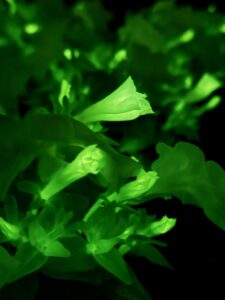
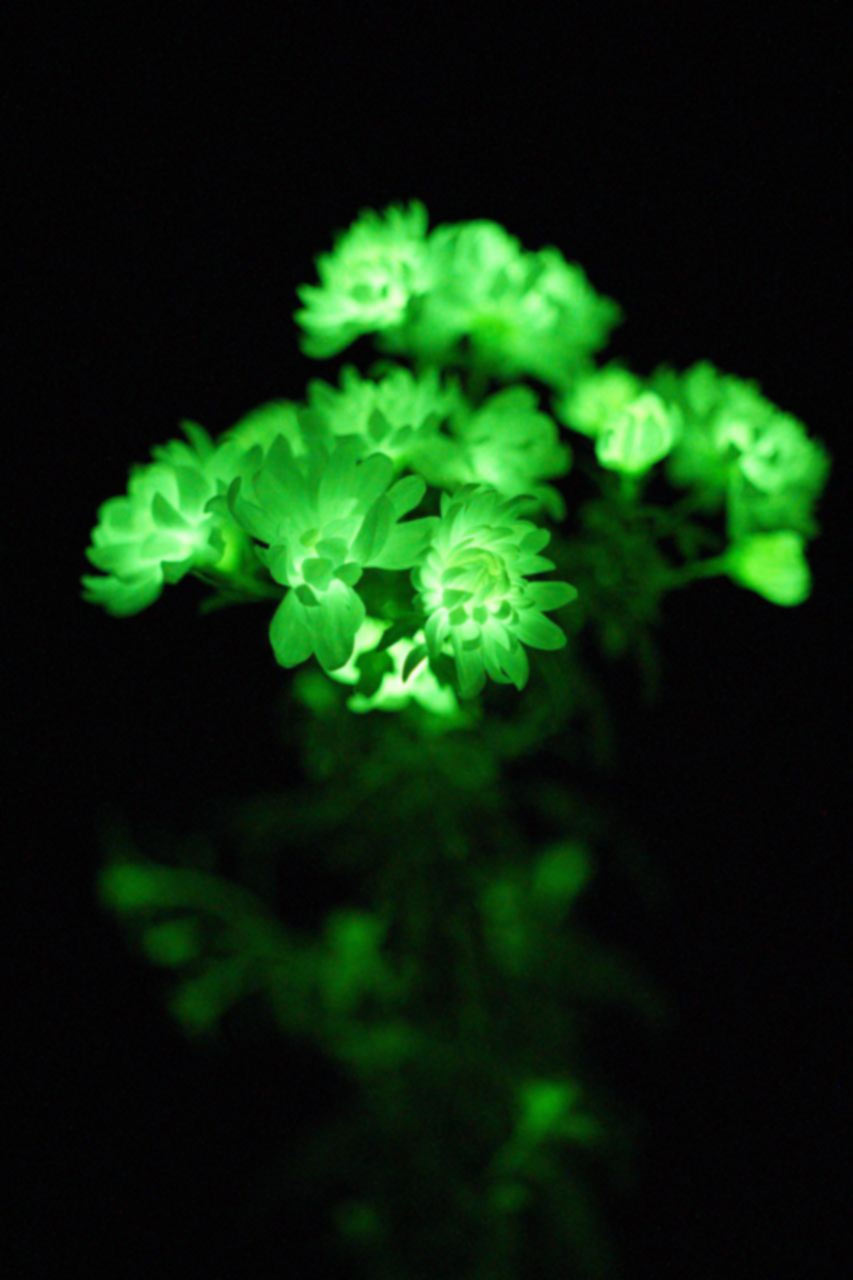
Watering
Allow potting soil to become dry to the touch between waterings. Water before the plants become wilted, but don’t keep the soil consistently saturated. Many plant parents are reporting great success with self-watering pots.
Fertilizer
Firefly Petunias are hungry! Proper fertilizer is essential to growing a happy and healthy plant. The more active this plant is growing, the better its bioluminescence. We use and recommend Jack’s Classic Petunia Feed every 7-10 days at the rate of one tablespoon per gallon of water.
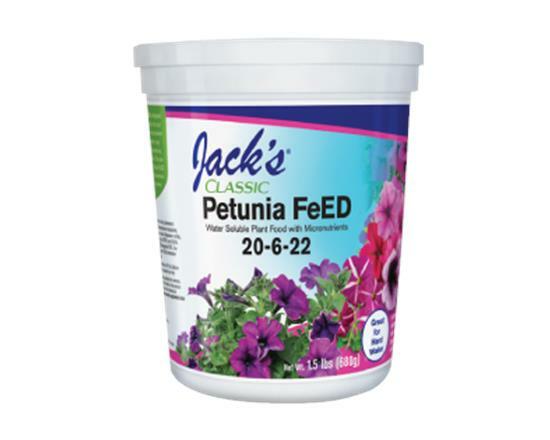

Deadheading and Pruning
When Firefly petunia flowers age, deadheading them makes more room for new blooms. Firefly responds well to pruning to keep the plant tidy. Using scissors or pruning shears, cut back any growth that is becoming scraggly. Firefly Petunia quickly rebounds with fresh, healthy growth.
FAQ
